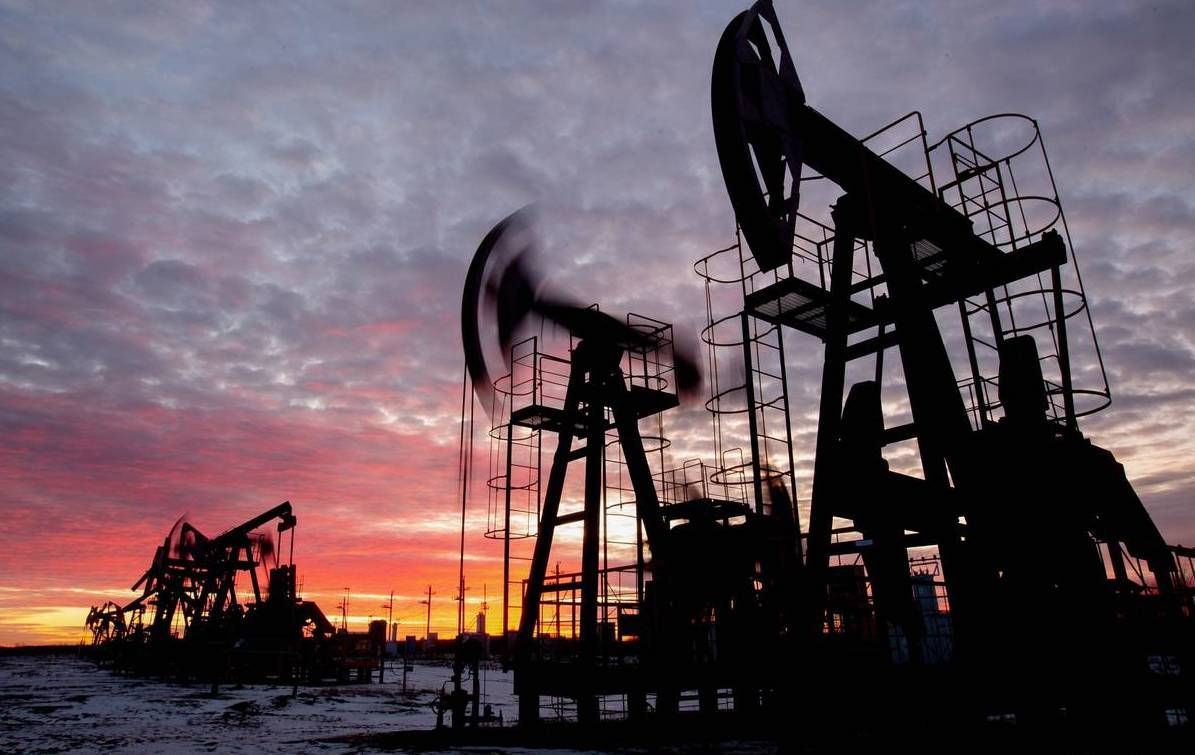
Nomura Singapore's Paracuelles said strong economic growth would also support the case for a rate hike.
KUALA LUMPUR: Inflation may accelerate in the second-half of this year to around 4% from 2% on a combination of strong economic growth as well as the rationalisation of the RON95 petrol subsidy, according to an economist.
This may in turn convince Bank Negara to raise the benchmark overnight policy rate (OPR) by 25 basis points to 3.25%.The central bank has maintained a “neutral” stance on the OPR since May 2023 when the benchmark rate was last raised by 25 basis points to 3%.
Headline inflation has largely been below 2% in 2024, with the government forecasting it at 2% to 3.5% in 2024 and 2025 amid continuing moves to trim subsidies that had weighed on government finances.
Nomura Singapore Ltd chief Asean economist Euben Paracuelles said, at the Asean 2025 conference yesterday, that inflation in the country could accelerate towards 4% in the second-half of the year from less than 2% currently with a 10% to 15% rise in RON95 on a managed cut in the subsidy.
“That’s already a case for Bank Negara to think about removing some of the accommodation or staying away from neutral,” he said, noting that the central bank’s concerns over financial imbalances would also be an important factor on the rate-hike decision and how this would play out against the growth cycle.
Paracuelles said strong economic growth would also support the case for a rate hike.
In its Asia Macro Outlook 2025 published last December, Nomura projected gross domestic product (GDP) growth for Malaysia at 5.7% from 4.5% in 2025 from the government’s forecast of 4.5% to 5.5%.
It has also raised the GDP projections for 2024 to 5.8% from 4.8% to 5.3% on a strong investment upcycle.
This is led by data-centre construction, ongoing supply-chain diversification and the implementation of public infrastructure projects.
“I think there’s a good case for Bank Negara to recalibrate from the current accommodative but neutral monetary policy stance,” he said.
He explained that there would not be an aggressive hiking cycle but instead, a gradual move away from the neutral stance starting sometime from the middle of this year.
He said the economy’s structural improvement from sustained investment-led pick-up growth, together with less reliance on exports would bring its potential medium-term growth higher.
Paracuelles added that should investment’s share of GDP rise to 30% from current levels of around 22% to 23%, it would lead to long-term productivity improvements.
He estimated average GDP growth over the next five years of around 5.4% to 5.5% despite the challenging external conditions and considered the Johor-Singapore Special Economic Zone to be beneficial for both Malaysia and Singapore, with the potential to attract more foreign direct investments (FDIs).
“Malaysia is in the spotlight for many of the FDIs with many of the big tech names announcing plans to invest,” he pointed out.









































